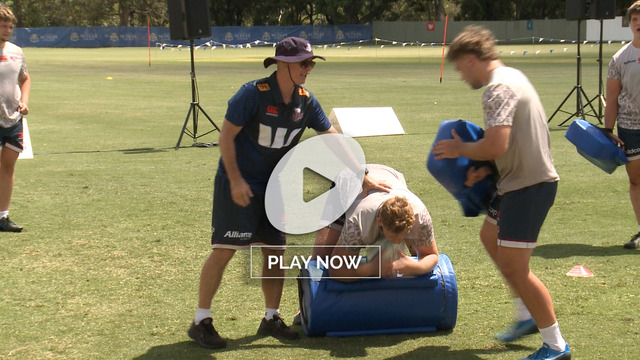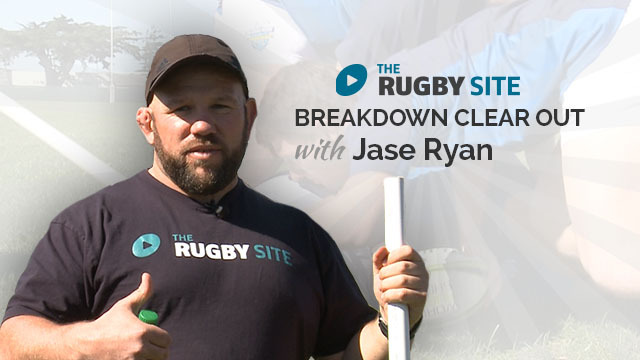The most prized commodity in modern rugby is so-called ‘lightning-quick ball’ – that is a ruck delivery on attack of anywhere between zero and three seconds. Coaches are always looking for ways to manufacture LQB, via extra dominance on the carry, taking play well over the ad-line; or better ball-placements after the tackle, moving the ball more quickly away from the locus of competition.
One of the optimal ball-placements is ‘the nail’, in which the ball-carrier is able to stretch his/her frame out fully north-south, and as far away from would-be pilferers as possible.
In the recent series between South Africa and Ireland, there were some excellent examples of ‘the nail’ producing LQB in one of the most pressurized situations on a rugby field – when the team in possession is attempting to secure the ball at the first ruck after a high-ball receipt has been made.
Irish head coach took the risk of selecting 6’4 Leinster centre Jamie Osborne at full-back and he was rewarded by two outstanding performances in this area of the game:
There is little prospect of significant yardage being made after the catch with the chaser/tackler close to hand, so the main option to create LQB comes via ball-placement. Osborne extends the body-curl with his head pointing towards his own goal-posts and the arms reaching out well beyond the cleanout’s feet:
Insert Nail JO 1
By the end of the play, the Irish full-back is depositing the ball directly in his scrum-half’s hands, and the attack continues fluidly.
That is the ‘lateral nail’ with the ball-carrier starting on his side. The recent Olympics Sevens series illustrated how to use the technique when the ball-carrier is victimised by an aggressive tackle:
France’s Antoine Dupont is caught high and driven to the ground, but even on his back he can still deliver an ‘overhead nail’ placement extending well beyond the feet of the first cleanout player:
Insert Nail JO 2
Summary</b
With LQB at such a premium, ball-placement after the tackle is a more reliable method of creating it than gain-line dominance. ‘The nail’ presentation, whether lateral or overhead, is one of the very best ways of generating quick ball while staving off the pilferers.













.jpg)
.jpg)





_no_button.jpg)

